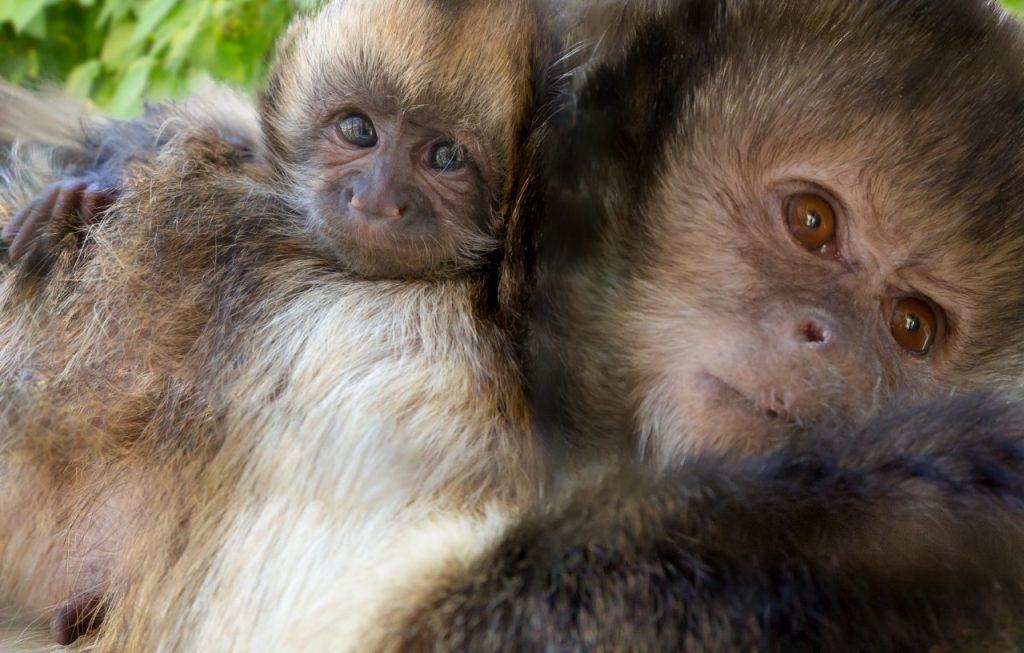Rhabdomyolysis in captive pelicans: Conflicting indicators of vitamin E status
Citation
Treiber K and Ward A. 2017. Rhabdomyolysis in captive pelicans: Conflicting indicators of vitamin E status. In Ward A, Coslik A, Brooks M Eds. Proceedings of the Twelfth Conference on Zoo and Wildlife Nutrition, Zoo and Wildlife Nutrition Foundation and AZA Nutrition Advisory Group, Frisco, TX.
Abstract
Captive pelicans are supplemented with vitamin E based on low levels in frozen fish diets, risk of rancidity, and requirements for other fish-eating species. Multiple incidences of captive pelican mortality have been observed (Nichols and Montali, 1987; Shivaprasad et al., 2002; Zollinger et al., 2002) associated with periods of stress and white-streaked muscles indicative of vitamin E deficiency. However, coagulopathy is another common finding in captive pelicans and is associated with vitamin E toxicity. At Fort Worth Zoo in 2012-2013 and at Zoo Miami in 2017, conflicting signs of vitamin deficiency and toxicity occurred simultaneously, as was previously published by Zollinger et al. (2002). Additional sampling was undertaken to better understand the vitamin E status of these pelicans. Serum values indicated normal to very high levels of circulating vitamin E (5-70 ug/mL; normal range 4-21 ug/mL; Schlegel et al., 2005; Ferguson et al., 2014) in birds prior to death. After reduction of supplementation, some brown pelicans maintained high circulating vitamin E for up to 2 years in, while other pelicans gradually returned to normal levels over several months. A number of pelicans showed spikes in circulating vitamin E during periods of stress or clinical signs despite consistent or no supplementation. Liver vitamin E values of deceased birds were normal to very high (59-705 ug/g dry tissue) compared to values for domestic chickens (45-120 ug/g dry tissue; Michigan State University Diagnostic Laboratory, 4125 Beaumont Road, MI 48910-8104) or carnivorous species (131-193 ug/g dry tissue; Ilyina et al., 2014). Vitamin E levels in damaged skeletal muscle were similar to very high (86-876 ug/g dry tissue) compared to values for carnivores (< 115 ug/g dry tissue; Ilyina et al., 2014), as were skeletal muscle levels published from pelican myopathy incidents (135-333 ug/g dry tissue; Shivaprasad et al., 2002; Zollinger et al., 2002). These findings may indicate the mobilization of vitamin E stores in response to muscle damage, possibly from stress rhabdomyolysis. Stress-related anorexia might also exacerbate mobilization of vitamin E from fat tissue stores. These findings may contraindicate vitamin E supplementation or treatment of pelicans.
 44_Treiber.pdf 14 KB
44_Treiber.pdf 14 KB








